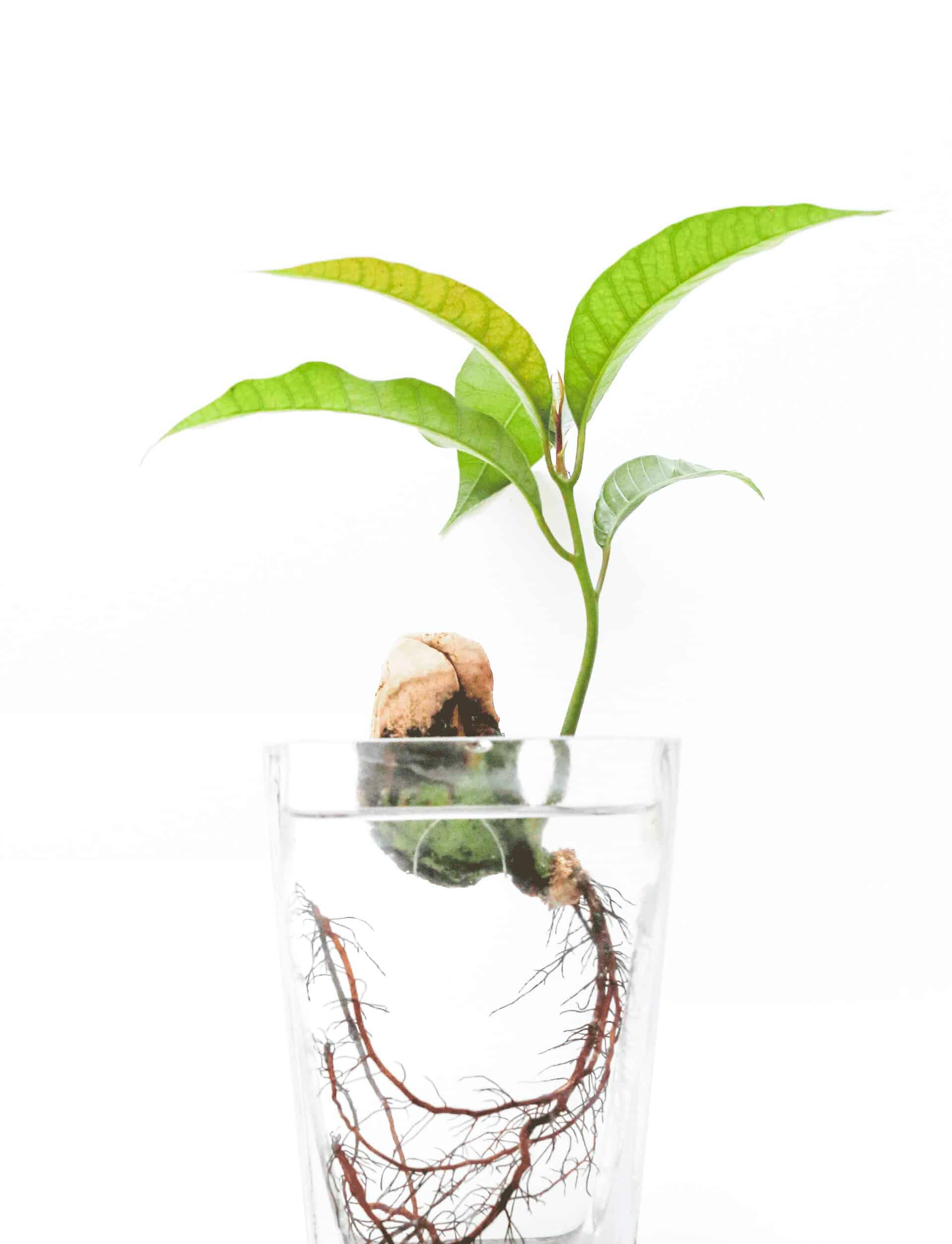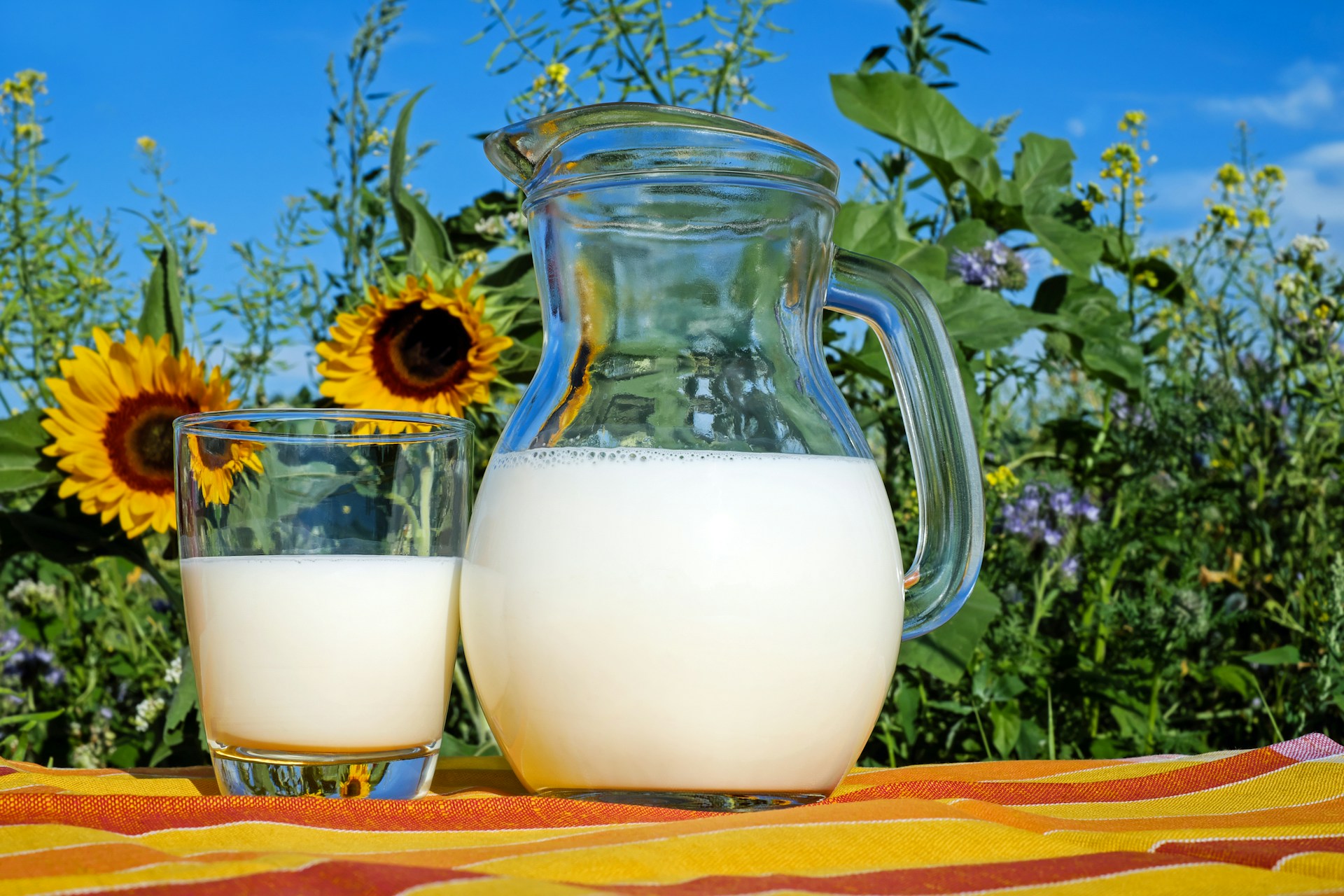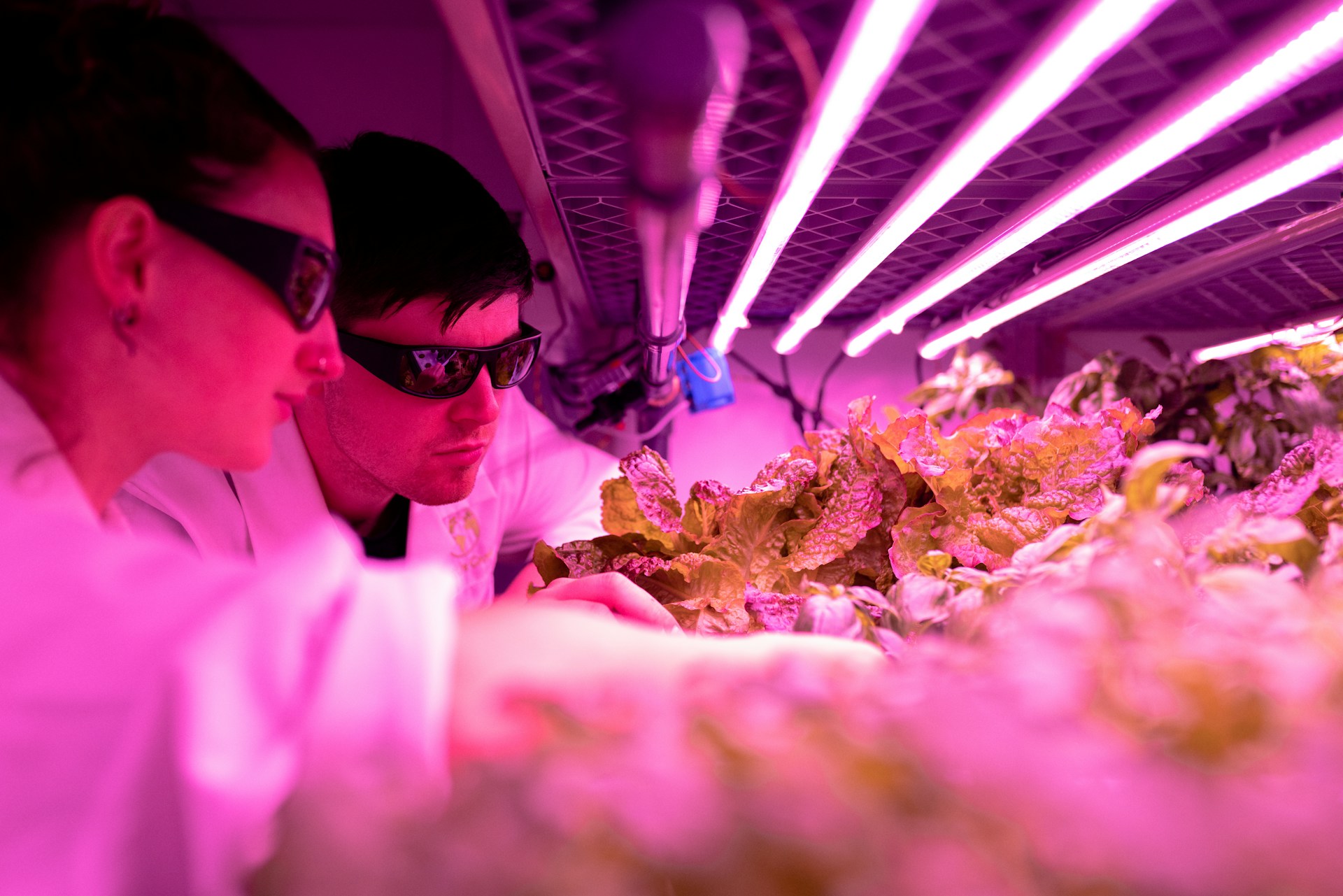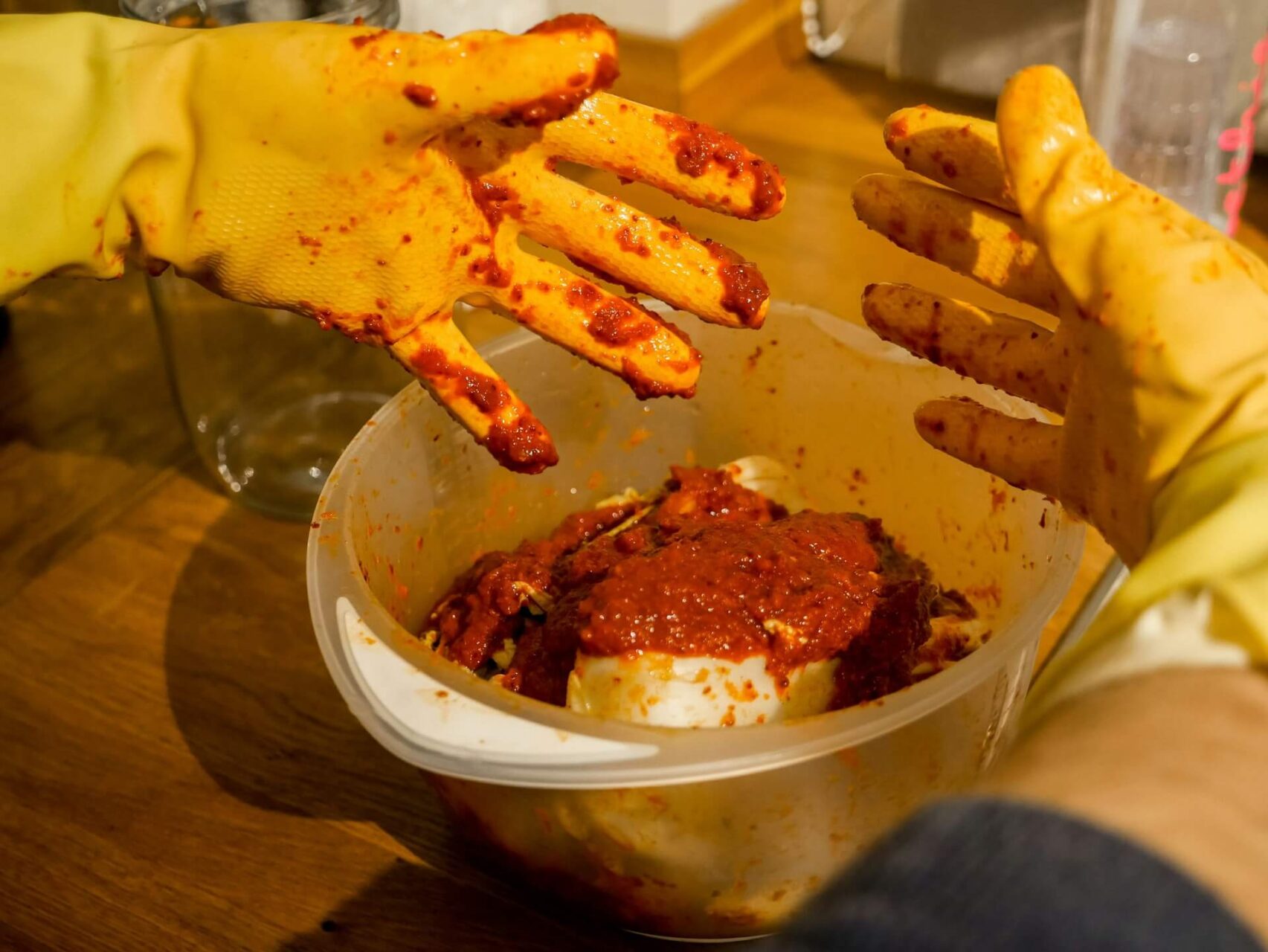
Aquaponics vs. Hydroponics: Which Is More Sustainable?
February 20, 2023 - Ellie Gabel
Revolutionized is reader-supported. When you buy through links on our site, we may earn an affiliate commission. Learn more here.
People often have sustainability in mind when they decide to grow their own food. Hydroponics, where plants grow directly in water rather than soil, is more eco-friendly overall than traditional gardening. But what if fish are thrown into the mix? Here’s an in-depth look at aquaponics vs. hydroponics comparing their effects on the planet. Aquaponics is more sustainable overall, although both practices are environmentally sound.
Aquaponics vs. Hydroponics
What are the key similarities and differences between these two approaches?
Hydroponics
In a hydroponic system, a gardener grows plants in water tanks, plastic tubes or racks. The roots are either suspended in water or receive a constant spray of mist. The gardener must manually add necessary nutrients to the water to keep the plants alive, tweaking the amount of elements like nitrogen and phosphorus to optimize crop growth. Experts predict the hydroponics industry will be worth over $16 billion within two years.
Hydroponics has a lower startup cost than aquaponics. That’s because raising fish involves buying a filter, aerator and the fish themselves. Hydroponics is also simpler since it only involves caring for plants. The farmer only needs to learn the optimal pH, water temperature, air temperature, salt levels and fertilizer requirements for their crops.
It’s easier to get started with hydroponics. There’s an acclimation period for both types of setups, but a hydroponics system only needs the fertilizer solution to cycle through and become stable before growing plants.
Another advantage of hydroponics is that it takes up less space. It’s even possible to grow plants vertically along PVC pipes in a corner of the house — not so with fish, which need to live outside in large water tanks.
Although pests are rare in a hydroponic system, if bugs become established, a farmer can simply add pesticides to the plants’ leaves or water.
One downside is the manual input of fertilizer. Once an aquaponics setup is established, the fish take care of the fertilizing aspect, but hydroponics requires regular nutrient level testing and maintenance. Unlike throwing in a handful of fish food that will turn into nitrogen waste, it’s crucial to carefully add the right mix of fertilizers for optimal plant health.
Farmers have to regularly drain the water from a hydroponic system and refill it. Because the water is so nutrient rich, they must filter it before disposing of it. Or, they can carefully apply it to potted plants where it won’t escape into the environment. Otherwise, the water can cause eutrophication if it gets into waterways.
Eutrophication often leads to disruptive algal blooms that kill fish and other aquatic organisms. That’s why it’s important to either filter hydroponic wastewater or dilute it to the point where it’s safe to pour out.
Aquaponics
Aquaponics is a subset of hydroponics. The difference is that the farmer raises fish in the water tanks underneath or beside the plants. It’s common to rear tilapia, bluegill or koi due to their hardiness and versatility in different water conditions. Farmers do not rear saltwater fish in aquaponics systems because high salinity kills plants.
The cost of the fish depends on which species they are, but it’s often comparable to the price of fertilizer for a hydroponics setup. Therefore, the farmer can recoup some of the startup cost by selling the fish once they mature.
However, raising fish is more complex than just raising plants. The farmer must make sure the water tanks, lights and surrounding air meet the parameters for both organisms to survive. It’s a complex process that involves carefully adjusting the temperature and other properties of the setup. Therefore, raising fish makes the most sense for people who want to sell or eat them.
Not being able to apply pesticides is one of the main drawbacks to an aquaponics system. If insects become a problem at any point, the farmer will have to use non-chemical methods to eradicate them or else they could harm the fish. Beneficial insects can prey on pests to keep their populations down.
An aquaponics system takes longer to set up than a hydroponic one. That’s because beneficial bacteria need time to build up in the filter and make the water habitable first.
Then, the fish have to become established in the tanks and start producing waste at high enough levels for the plants to grow. This process can take a few weeks. During this time, the farmer must monitor the water quality on a daily basis to see if it’s ready for plants and ensure the fish are healthy.
Once the fish are established and it’s time to grow crops, the farmer adds fish food — rather than fertilizer — to the system. In turn, the fish waste fertilizes the roots of the plants. Fish food is a more sustainable product than chemical fertilizers, which chemists usually produce with the input of fossil fuels. The choice of fish food makes a huge difference in terms of crop growth, since it indirectly feeds the plants.
Tilapia are omnivores and will happily eat plants. That means it’s possible to set up a completely circular nutrient cycle in which the fish eat some of the plants and their poop fertilizes the plants’ roots. Aquaponics more closely mimics a natural environmental system than hydroponics does.
Farmers don’t have to flush aquaponics systems like they do with hydroponic ones. The water continually cycles through the fish and plant tanks, and only a small amount evaporates.
Which System Is Best?
Plants usually thrive in either setup. Tomatoes and leafy greens, such as spinach, lettuce and kale, do exceptionally well in hydroponic and aquaponic environments.
The benefits of both systems include being able to grow plants in a small amount of space, reduced water usage, better crop production and a high degree of control over nutrient input. Farmers can stack hydroponic and aquaponic tanks to grow food in a small area. Both systems are good for the environment.
Ultimately, however, aquaponics is more sustainable. That’s because a farmer can grow two food products — fish and plants — in the same amount of space as a hydroponics setup, which only yields crops. Aquaponics also involves adding fish food, rather than chemical fertilizer, to the water to fertilize the plants. These properties make it the clear winner when it comes to environmentally friendly agriculture.
Revolutionized is reader-supported. When you buy through links on our site, we may earn an affiliate commission. Learn more here.
Author
Ellie Gabel
Ellie Gabel is a science writer specializing in astronomy and environmental science and is the Associate Editor of Revolutionized. Ellie's love of science stems from reading Richard Dawkins books and her favorite science magazines as a child, where she fell in love with the experiments included in each edition.






